How To Use Compound Exercises To Lose More Weight

If you randomly ask people at your gym what their fitness goal is, I would bet almost 90% of them would say to lose weight. It is without question the number one goal that drives people to the gym, sign up for personal training, buy fancy fitness technology, and more. But there are seemingly a million and a half ways to lose weight; so many of them promise you that it'll help you lose weight fast, but most of the time, it's just a lot of exaggerated claims. Enter compound exercises, a tried and true method that engages multiple muscle groups simultaneously and is a golden key to losing weight.
My best advice is always to stick to approaches that have been proven—for many years and across many different people—to shed weight and change your physique. That way, you're changing your body in a safe and sustainable way. One of the best methods is strength training, and more specifically, compound exercises.
In this article, we'll explain compound exercises, why they're beneficial, how to use them, and provide some helpful examples so you can get started ASAP and get awesome results.
What are compound exercises?
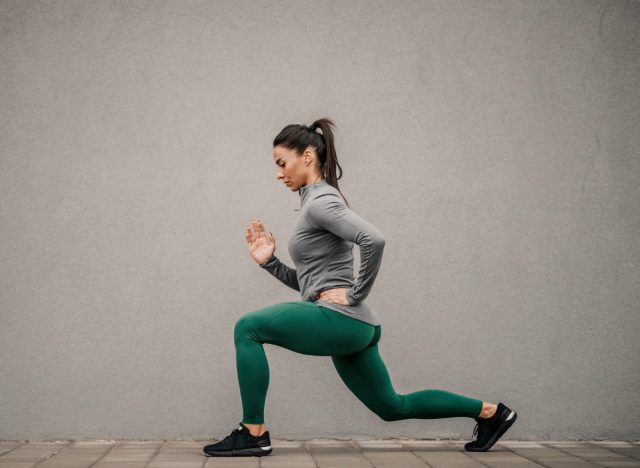
A compound exercise is a way to refer to an exercise where you move across multiple joints instead of just one. For example, imagine doing a bicep curl: The only joint you're moving is the elbow, while everything else, like your shoulders and wrists, are very stationary. Now, imagine doing a row: With this exercise, you're moving at your elbow, your shoulder joint, your shoulder blade, and possibly even more (depending on how you row). That is a compound exercise.
Usually, compound exercises are done with free weights such as dumbbells, barbells, suspension trainers, kettlebells, cable machines, or even just your body weight. Other common examples of compound movements are pushups, squats, pull-ups, lunges, and more. (For each movement, you can see many joints moving through space.)
How can compound exercises help you lose weight?
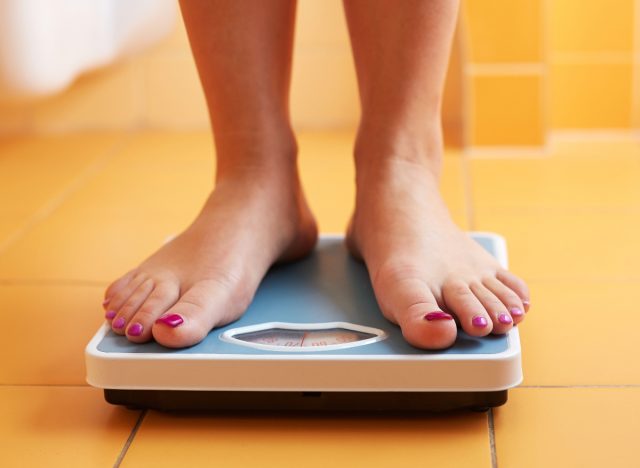
The more muscles you train with each repetition, the more stimulus you put on your body. In addition, these exercises typically put more demand on your cardiovascular system because you're moving so much more than just a single-joint movement. As a result, you can burn far more calories, which is super helpful in weight loss. The more you burn, the more weight you can lose.
On top of that, compound exercises help you build more muscle. The more muscle you have, the higher your metabolism and the more calories you burn at rest. And if that wasn't enough, when you use lots of compound exercises, it elevates your metabolism immediately after your workout for a while.
When you combine all those benefits, you can quickly see how it has a massive impact on your body, helping you lose weight faster than other forms of strength training.
How often should you perform compound exercises for weight loss?

If you're trying to lose weight, you should do strength training with compound exercises two to three times a week for about an hour with each workout. Why this frequency? Well, if you do it only once a week, it's hard to see consistent progress in the gym and on the scale. With two or three sessions per week, you can make faster and steadier improvements over time. Four, however, is a bit much unless you're very experienced.
There's an important point to consider here: Your training session should be difficult. Most people, however, don't train hard enough at the gym. (If you have time to text your friends or check IG during your strength workout, your workout isn't hard enough.) The weights should be challenging, and your rest time should be long enough for you to catch your breath before doing another set.
A sample compound exercise workout for weight loss:
Here's a great workout to help you lose weight that's perfect for individuals of all experience levels because it's self-regulating. In other words, it will match your abilities. If you're new, start with very light resistance. If you're very experienced, use much heavier weights or push yourself harder.
For the "A" circuit, set a timer to 10 minutes and alternate between the two exercises. Perform as many sets as you can with as little rest as possible.
A1) Goblet Squat — 4 reps
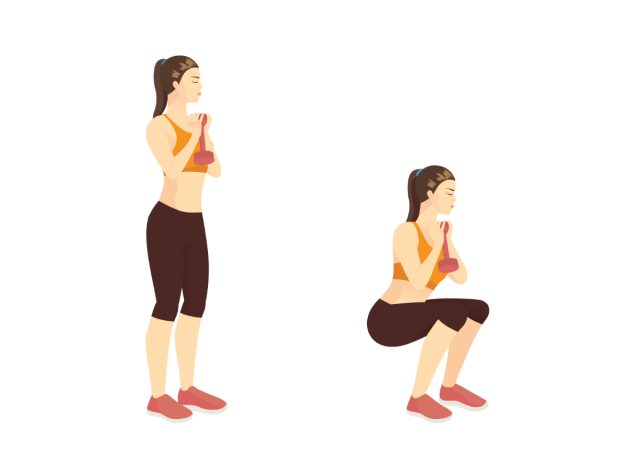
Grab the end of one dumbbell in both hands and hold it by your chest with your elbows underneath. Stand shoulder-width apart with your toes slightly out. Start the movement by sitting backward and spreading your knees apart. Descend below parallel while keeping your lower back flat. At the bottom, drive through your heels and keep your knees apart.
A2) Inverted Row — 4 reps
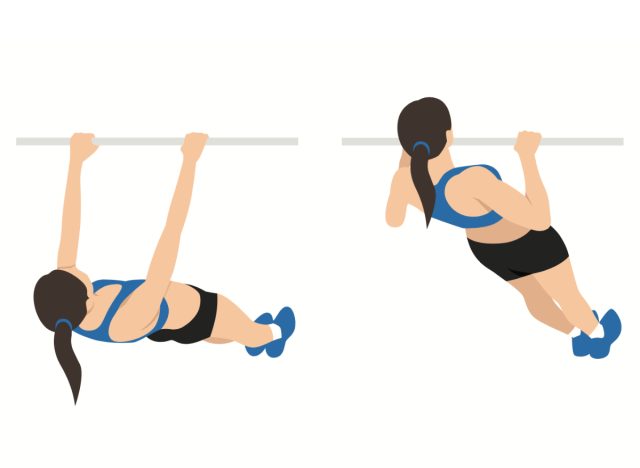
Set a barbell on a power rack or Smith Machine and, from underneath, pull yourself up and touch your chest to the bar. Squeeze your shoulder blades together and keep your body straight like a plank.
B1) Hip-Thigh Extension, Sets: 5, Reps: 12 each leg, Rest: 30s
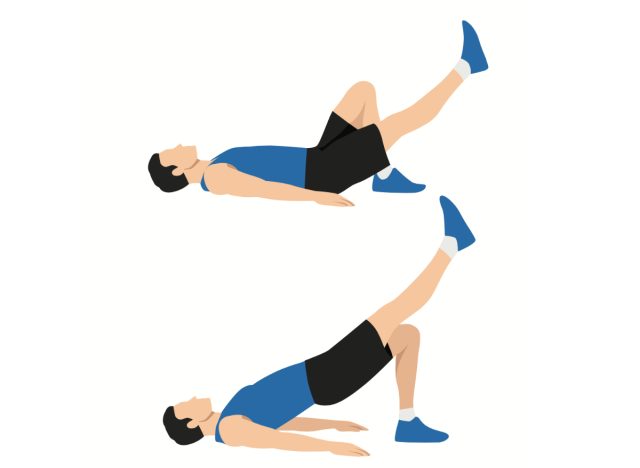
Lie on the ground with your knees bent and feet flat on the floor. Extend one leg straight out and hold it there. Drive through your heel and squeeze your glutes to push your hips up. Repeat. Do not use your lower back you pull yourself up.
B2) Dumbbell Bench Press, Sets: 5, Reps: 5, Rest: 30s
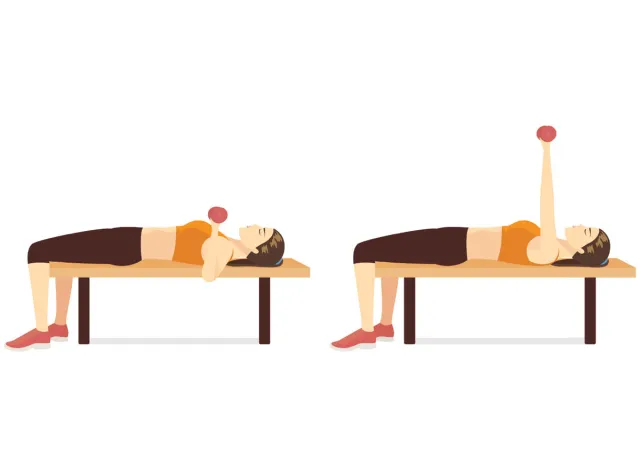
Lie on a bench with your chest up, shoulders squeezed together, and feet flat on the ground. Drive the dumbbells upward, keeping your shoulders back. Drive through your heels as well, keeping your glutes on the bench.
B3) Lat Pulldown, Sets: 5, Reps: 5, Rest: 30s
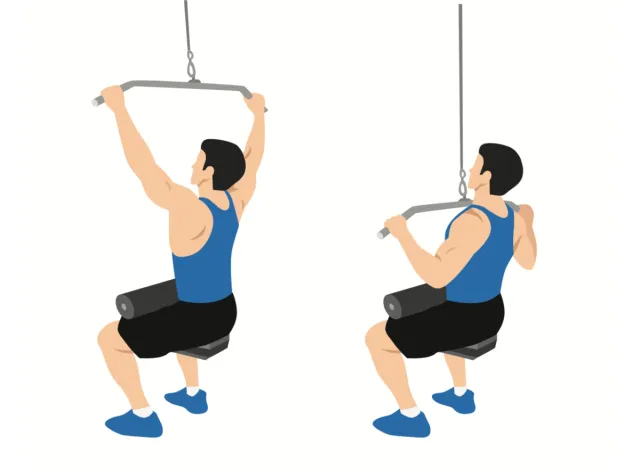
Sit at a lat pulldown machine, grab the handle about shoulder-width apart with your palms facing away. Keep your torso upright, squeeze your shoulder blades together, and pull the bar toward your collarbone. Keep your chest up as you pull.
C1) Bear Crawl, Sets: 2, Reps: 15 yards, Rest: 60s
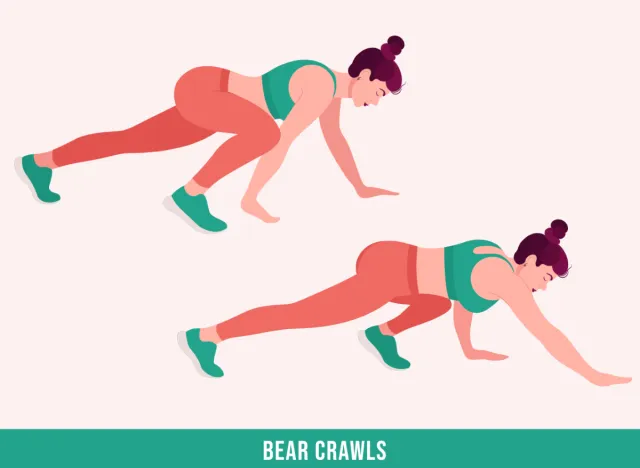
Get on all fours with your hands under your shoulders and your knees under your hips; keep your knees an inch above the ground. Crawl forward by taking a small step with your right arm and left leg at the same time and alternate. Keep your hips low and your head up.









